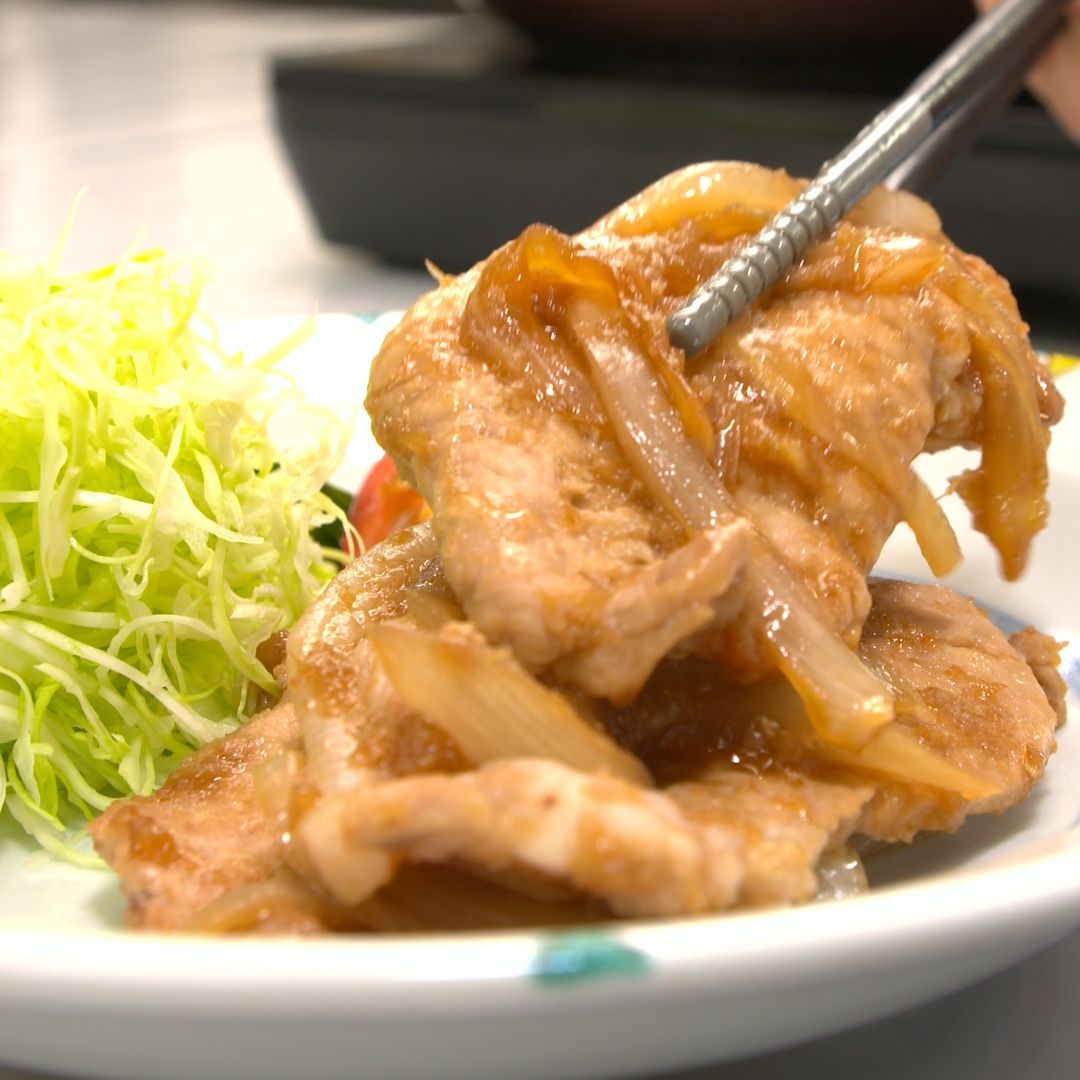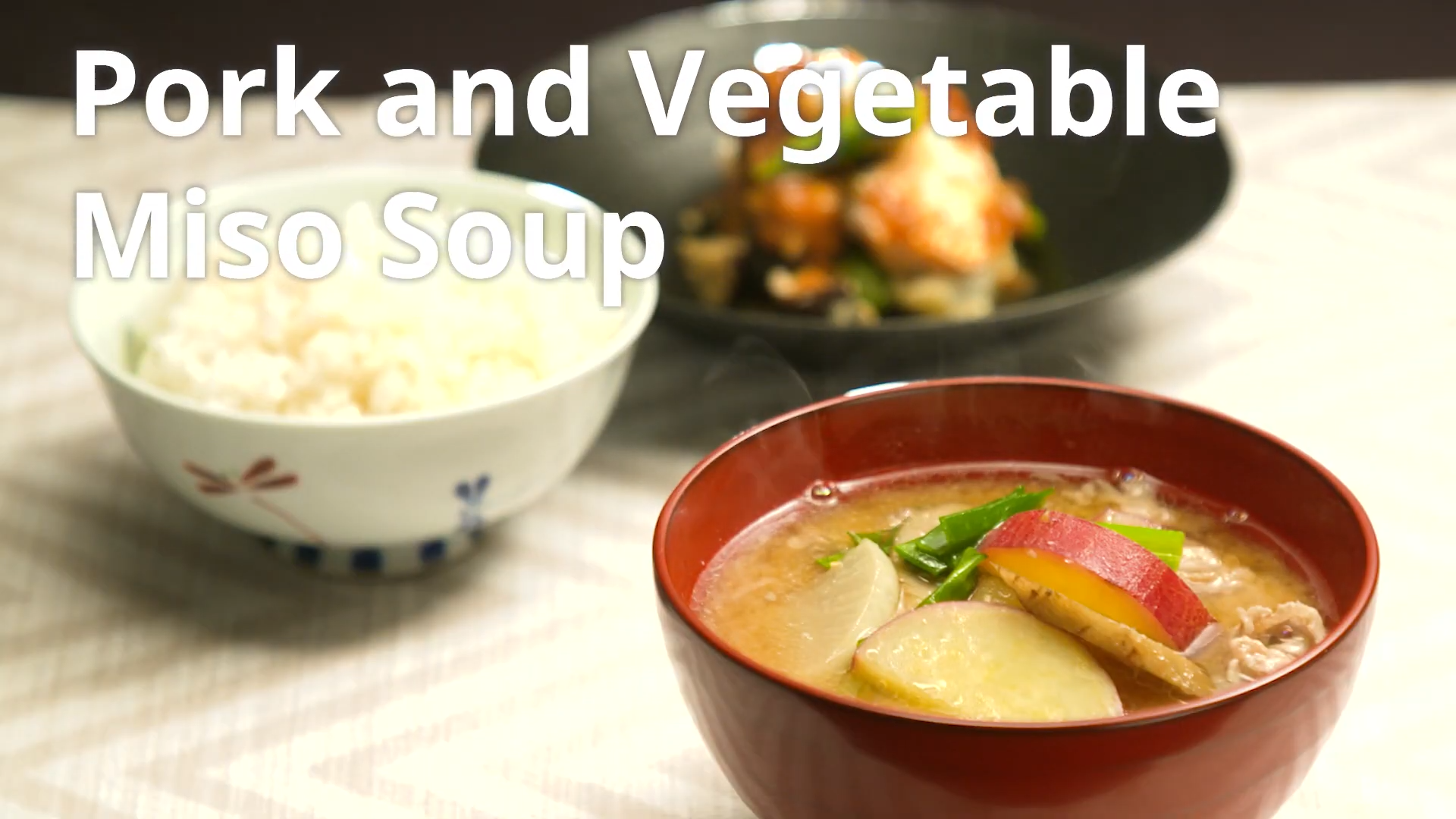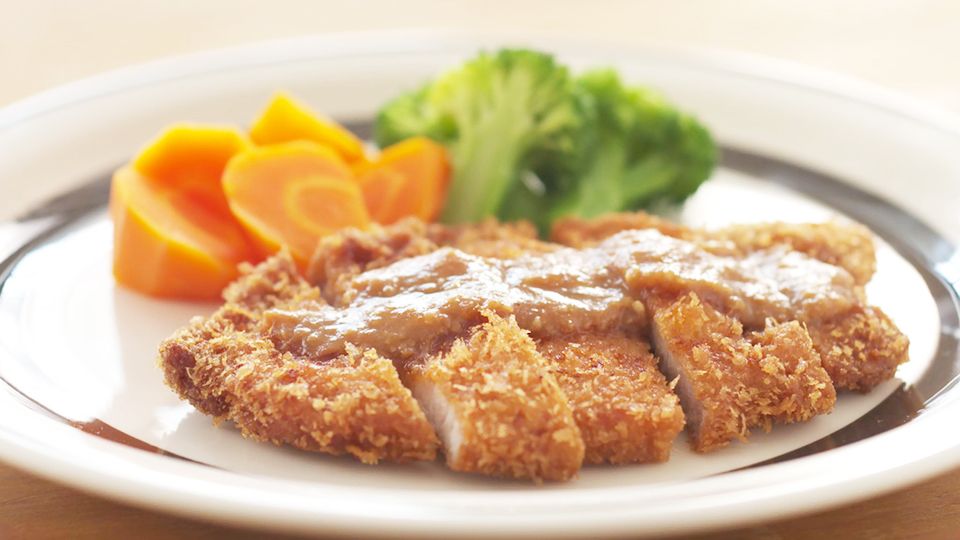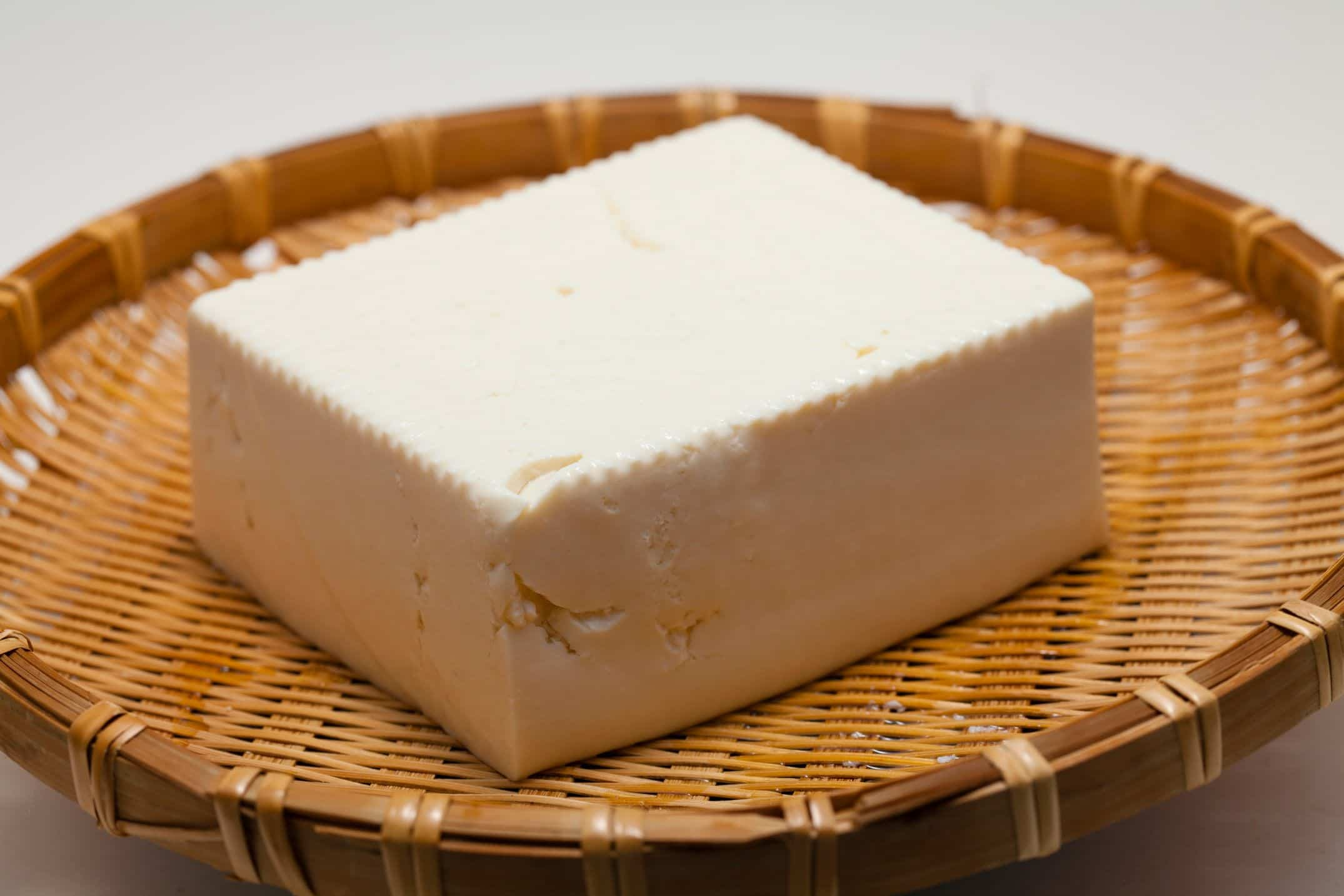
Savory with Umami, and juicy! Brave the winter with highly nutritious Japanese pork
Photography: Ⓒ SOURCENEXT CORPORATION/ amanaimages
Pork is eaten around the world as an ingredient with wide-ranging uses even among the numerous livestock products. Japan-produced pork is reared under particularly thorough quality management, with carefully selected breeds and feed which are special to producer and region. Its juicy flavor and excellent texture makes it an ingredient blessed with a taste and quality that Japan can boast to the world. In a meal repertory, too, numerous menus have been devised, such as Tonkatsu (breaded pork cutlet) and Shabu-shabu (boiled, thinly sliced meat), to bring alive the deliciousness of the ingredient. Also, unique techniques are used for feed and rearing environment at the piggeries across Japan, so that pigs are born with individual traits, and at present there are around 400 breeds of brand. From Kurobuta (Berkshire pig) with its sweetness and Umami savoriness, to low-fat, protein-rich breeds, you can enjoy a variety of flavors, which is the true pleasure of Japan-produced pork blessed with such variation.
Pork contains an abundance of nutritional elements such as protein and vitamin B group. In the view of Chinese medicinal cooking that is based on food and medicine having the same source, it is an “energizing” food that provides recovery from fatigue. According to chef and international Chinese herbalist Miyuki Chizuka, pork supplements “qi” (our fundamental vital energy) and “blood” (carrying nutrition to all corners of the body), and enhances the function of the “kidneys”. It is a food that is good for nourishment and anti-aging. Pork works to give moisture to the body and protect it from dryness, so, as the season gets colder, you should make a point of eating it if you have any imbalances such as a dry cough, dry skin or constipation due to lack of moisture. From autumn into winter, I recommend cooking it together with apple and pear that give moisture to the lungs, and eating it dressed with black vinegar or balsamic vinegar. Wrapping thinly cut pork around moisture-giving Chinese yam or lotus root and sauteing it is also delicious”.
Ms. Chizuka would like people to try a soup that will warm the body to the core if they have a cold coming on or to fend off colds. ”Stir-fry freshly grated ginger and garlic slices in sesame oil until the aromas rise, then add ground pork and chicken bone soup. Next add green spring onion cut on the slant, oyster sauce, salt, and soy sauce to taste, and adding arrowroot flour to thicken will make it even more effective for keeping colds away”.
On the other hand, in the hot seasons, too, pork is precious in many ways. ”It has a slight cooling function more than other meats, so pork is used a lot in hot regions. There are various pork dishes in Okinawa, like enjoying it stir-fried together with bitter gourd, which make a lot of sense as ways to eat it”. Not just in periods of dryness; pork also offers a little coolness during heat, so we could call it a universal ingredient easy to use all year round.
A special feature particular to Japanese pork maybe worthy of special mention is that it can also be obtained thinly sliced. Shabu-shabu, a hot pot representative of Japan, is a popular dish that allows the fat of thinly-cut pork to melt in hot water so the juicy flavor of the meat itself can be enjoyed directly. In addition, using thinly-cut pork in stewed dishes such as Niku-jaga (meat and potato) and curry brings out the Umami savoriness of the meat speedily, so shortening cooking time. Furthermore, by coming across recipes making use of its forms, and rolling up other ingredients in it, your range of dishes will increase.
Delicious as well as highly nutritious, varied Japanese pork has much to boast, and we hope you will select the best brand, form and even parts for each of its uses, and enjoy its flavor to the full.
Miyuki Chizuka, chef and international Chinese herbalist
After working in Shanghai and Boston, she moved to Tokyo. Her recipes promote body and mind connection, making the most of the benefits of seasonal ingredients. She runs the Meixue cooking school. She also contributes recipes to magazines and companies and is a published columnist. Her recent publications include "Illustrated Guide to the Medicinal Herbal Lifestyle" and "Handy Guide to Stay-At-Home Cooking" (both in Japanese).
http://meixue.jp
Instagram: @miyukichizuka
[Recommended recipes made with pork]
Chunks of meat stewed in sweet and sour seasoning - tender and juicy!
“Boiled pork and boiled egg”
Thinly cut pork grilled in a ginger sauce - standard cuisine in the home
“Pork grilled with ginger”
Miso soup generously filled with pork and root vegetables - to warm the body
“Pork soup”
Enjoy the crunchy texture and pork Umami savoriness - in a simple fried dish
“Breaded pork cutlet”
Reference: Japan Livestock Products Export Promotion Council
Pork Export Committee (part of Japan Pork Producers Association (JPPA))
Photos supplied by: amanaimages
Text: Eri Arimoto









